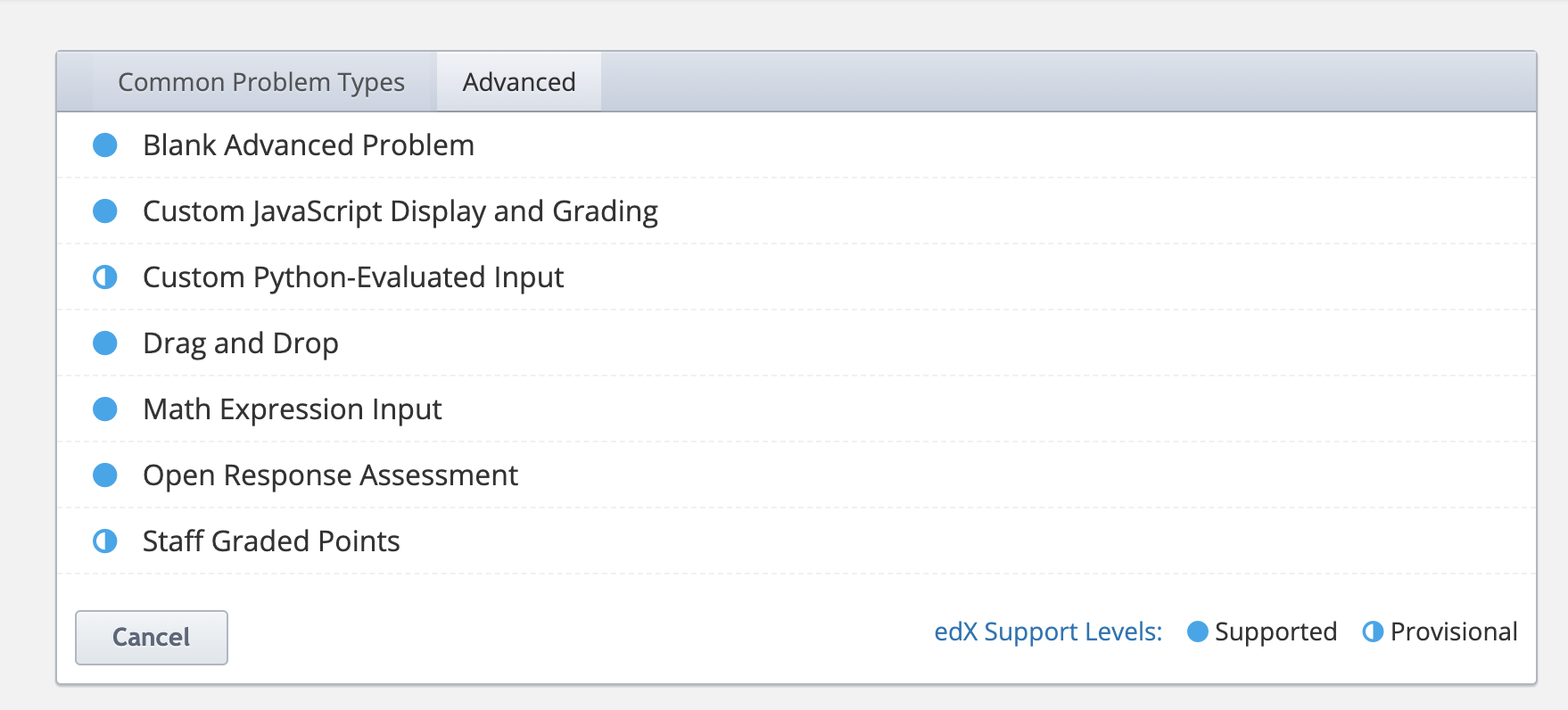I received this from my son’s primary school, so I’ll be interested to see how it goes:
Category: Learning Technology Page 1 of 6
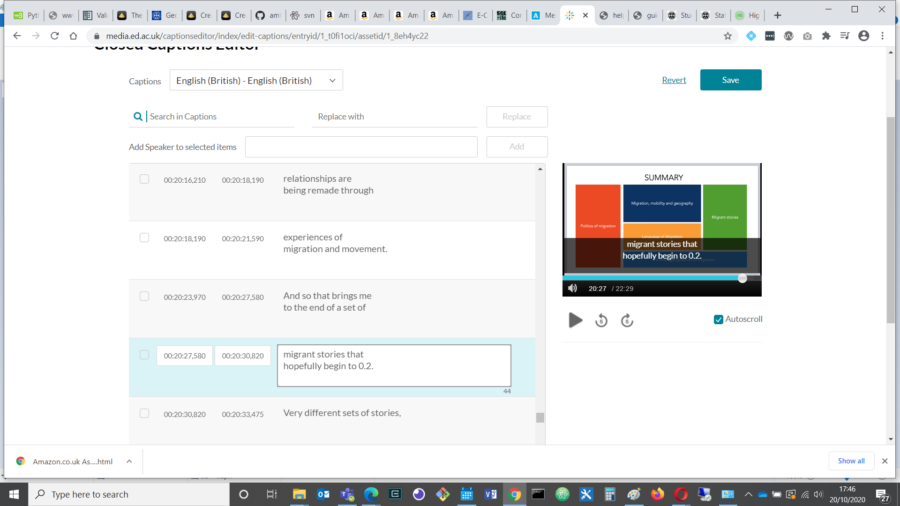
One of the unexpected but nice parts of my job lately has been editing the automated subtitles on some of our teaching videos.
This is a requirement for our course materials, to ensure our videos are more accessible for, for example:
- Deaf students
- Students with other hearing difficulties, for whom subtitles can help with comprehension of fast spoken or unclear dialogue, perhaps spoken with unfamiliar accents, mumbling, or with background noise
- Foreign language speakers, for whom the subtitles might help with translation and following along with the spoken text
- Students with learning disabilities, attention deficits, or autism, who may find subtitles help them to maintain their concentration on the videos
- Students who need to study in a place where they can’t play sound
- Students who need to see the spelling of proper nouns, such as full names, brand names, or technical terms
- Students who just prefer to watch videos with subtitles as a habit
According to research by Ofcom in 2006, 7.5 million people in the UK (18% of the population) used closed captions, and of these, only 1.5 million were deaf or hard of hearing. 80% of those who preferred to watch with subtitles used them for other reasons.
Since we moved to hybrid learning, we have more and more teaching videos to work on, so that is an occasional silver lining to social distancing for me, as subtitling is a nice, quiet and absorbing task, and our videos are often very interesting 🙂
Questions
- How does what we have learned in these first two modules impact your own teaching? If it doesn’t, discuss why.
- How does engaged teaching online complicate what we do as a university?
Comments
This comment makes a fair point about the need for some degree of standardisation across different instances of what is meant to be the same course:
What I learnt in Module 2
discussion posted 3 months ago by FumiKitagawaI have been teaching ‘on-line’ over the last four academic years. This Module was particularly useful to learn about how other academic staff do use the technologies and how to make choices. In particular it was interesting to hear some of them saying assyncronised mode works well. My students are mixture of ‘on-campus’ students across different Schools and ‘online distance’ learners. One size does not fit all, of course, but the teacher has to make a conscious choice to make the teaching experiences consistent across different coho
This comment raises important points about teachers and other university staff needing to become competent with the many forms of technology involved in online teaching, and also the expectations of students who are paying large sums of money for their education:
Looking back
discussion posted 3 months ago by vdaveyI am new to post and have yet to teach but the course has given me an excellent grounding and reassuringly it has dealt with a number of concerns that I have. I found the transactional distance and time management components particularly useful although the creativity discussions were less relevant for me; I have to get the basics right first. It is clear that my digital/IT skills are far behind where they should be but I knew that already!
As regards complicating the work of a University, as mentioned previously staff may feel pressure to be available for students and may struggle to switch off which will invite dissatisfaction and burnout. Universities may also struggle with their technological capabilities; Online students who commit to courses and pay hefty course fees may well become frustrated if an Institution’s IT systems fail to deliver and their earning experience suffers. Finally, in the rush to deliver on-line programmes quality may be diluted.
I also particularly liked this comment by one of my coursemates:
Reflection
discussion posted 3 months ago by anonymousThis course has been very interesting and I only wish I had more time to engage. As my first online course I have learnt a lot and/ or rather I also have many more questions on how things are done/ could be done. So it has helped guide me to think more about it and how I might try and incorporate a range of activities into online teaching but also be very aware of presence and inclusivity. The only complication I can imagine is with regards to workload and time… one video mentioned for every 1 hr in class on campus this equates to 4 hours online. Its a lot of work and that’s daunting.
I agree that to me, this module has really brought home the importance of teacher presence, and of the many considerations involved in inclusivity, and it has also been eye-opening about the potential risk of a lot more time being involved.
This checklist from the course materials is a great resource for managing time and time-based expectations in online courses.
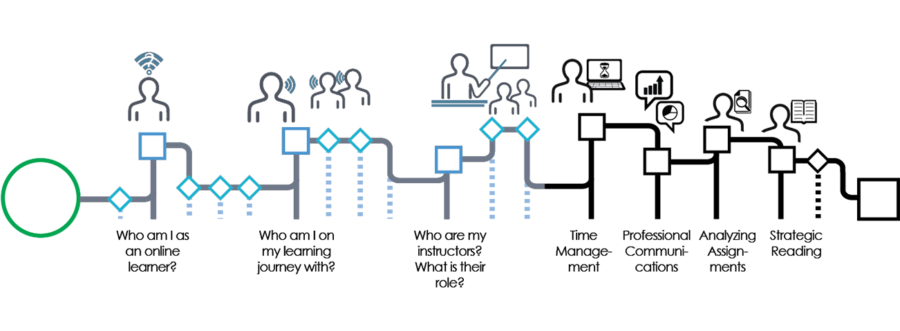
Engaged Online Teaching and Time Management
Because technology is often associated with flexibility and fast time, this can lead to assumptions that online learning is faster and better. Institutions need to provide education in ways that fit with the lives of individual learners, and that means restructuring teaching time in flexible and personalised ways. A key part of engaged online teaching is mitigating transactional distance by planning for how teaching can be structured in both synchronous and asynchronous ways.
Redefining Contact Time
Contact time generally refers to the tutor-mediated time allocated to teaching or providing guidance and feedback to students. There has to be a different way to define contact time online, taking into account student mobility, distance education and flexible patterns of study. Online contact time can be characterised by personalised tutor presence and input within a specified time-frame.

My pedagogy
19 words submitted in total.
Your words were:
- engaged 5%
- multimodal 5%
- authentic 5%
I thought this was a lovely activity to end the course with! I think my cohort had the bad luck to be disrupted by the coronavirus outbreak, so not as many made it to the end, but I know the current and future presentations of this course are packed (including with my manager), so I hope to see their word clouds at the end of it!
Course: ‘An Edinburgh Model for Online Teaching‘. Licence for content: Creative Commons Attribution 4.0 International (CC BY 4.0)
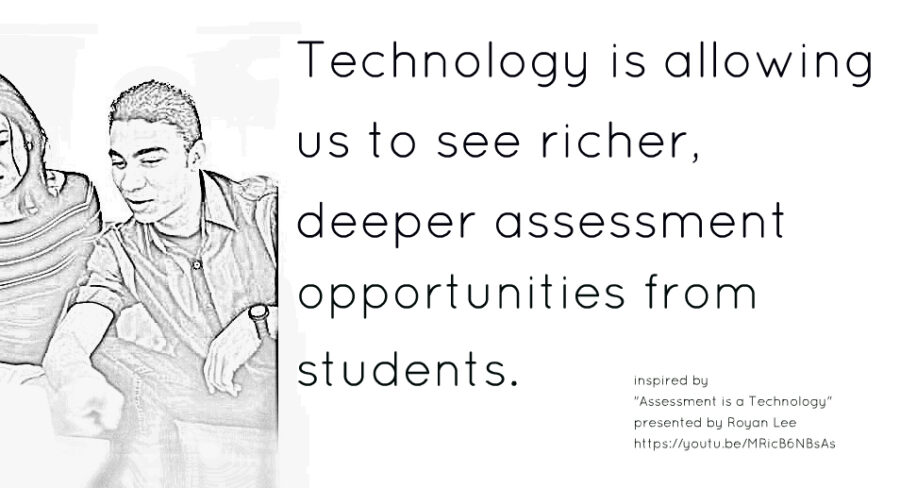
As the course leaders say, it is no good coming up with creative and inventive assessment ideas if we don’t have, or can’t use, the technology to implement them.
I was interested to see these screenshots of assessment options available in the edX platform, and particular that there was an option for inputting Maths expressions:
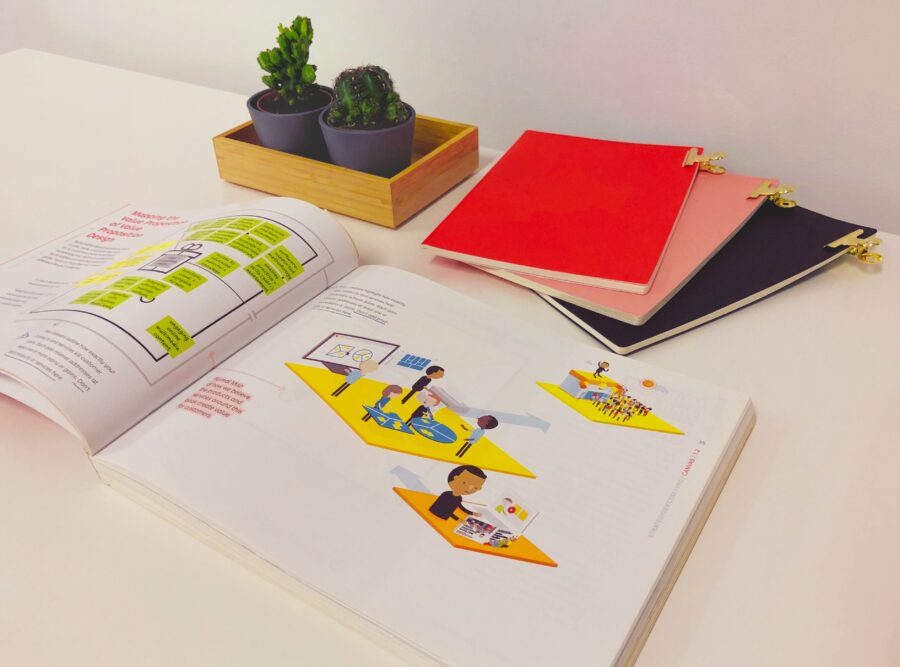
It’s time to reflect and review this part of the course.
We are asked:
- Consider how the feedback that has been provided so far in this programme lends itself to a particular kind of assessment.
- Consider how a misalignment with feedback and assessment might impact transactional distance.
- How would you assess what we have done in this module so far?
- What types of feedback would I need to provide in my own course to support the type of assessment that is expected in my discipline?
So, can I answer?
- I think the feedback on this program has been timely, low-pressure and informal. That would seem to lend itself to small, frequent, informal, low-key, non-compulsory assessments.
- If the tone and expectation setting of assessment and feedback didn’t match, it would drive students away. For example, either a seemingly very low key, informal assessment that was followed by an onslaught of harshly judgemental criticism, or a strictly defined and substantial assessment task that was followed by vague, brief, non specific and casual seeming feedback, would definitely be quite demoralising.
- I’m not sure what this question is asking: do I think it was a good module, or what would be a good way to tell what we have learned from it. So firstly, I think this whole course has been incredibly interesting and I wish I could do the MSc in Digital Education because it sounds fantastic. But it’s more likely I’m meant to think of a way to assess knowledge gained through study of this module, in which case, inventing an assessment task sounds like the most obvious choice!
- That first thing that comes to mind is that ‘feedforward’ assessments would be most useful for the practical aspects of scientific courses. I also think peer review would be an authentic assessment practice for scientific work. Another idea, which I suggested in the course discussion was that I think it would be interesting if some of our Environmental Science / Ecology students could do an Open Educational Resource (OER) as a group project relating to local environmental or sustainability issues and interacting with relevant local groups and officials. I think this would also be an authentic and relevant activity, with plenty of opportunities for timely and actionable feedback.

It is apparently time to review what ‘transactional distance’ means:
Wikipedia tells us:
Transactional distance theory was developed in the 1970s by Dr. Michael G. Moore, Distinguished Professor Emeritus of Education at the Pennsylvania State University.
InstructionalDesign.org tells us:
The theory of Transactional Distance states that as the level of interaction between teacher and learner decreases, learner autonomy must increase.
When talking about distance education we are typically talking about a teaching environment where the separation between the teacher and learner is significant enough that special teaching-learning strategies and techniques must be used.
Even though there are clearly recognizable patterns, there is also enormous variation in these strategies and
techniques and in the behaviour of teachers and learners. Within the family of distance education programmes there are many different degrees of transactional distance.

In my case, apparently it’s only possible to write far too much.
However, if I were writing a how-to guide or manual, I know I should be making it as short and to the point as possible.
In some cases, the same point could be made of assessments. A word count is not a very meaningful metric in itself, but does a strict word limit make an assignment harder, because it takes more skill to be concise, or easier, because there’s less to write? Either way, larger word counts add more work for the teacher, without necessarily making the assignment any more meaningful.
As one of my fellow students put it, quoting Einstein,
‘If you can’t explain it simply, you don’t understand it well enough’.
Another quoted Antoine de Saint-Exupéry about the creative journey:
“Perfection is achieved, not when there is nothing more to add, but when there is nothing left to take away.”
Sharing a different perspective, a commenter from the art school discussed enabling constraints, which should be related more to project duration (how long will the work last?) or should detail what students can NOT do. They argued for the importance for art students of learning how to distinguish between enabling constraints and concepts.


